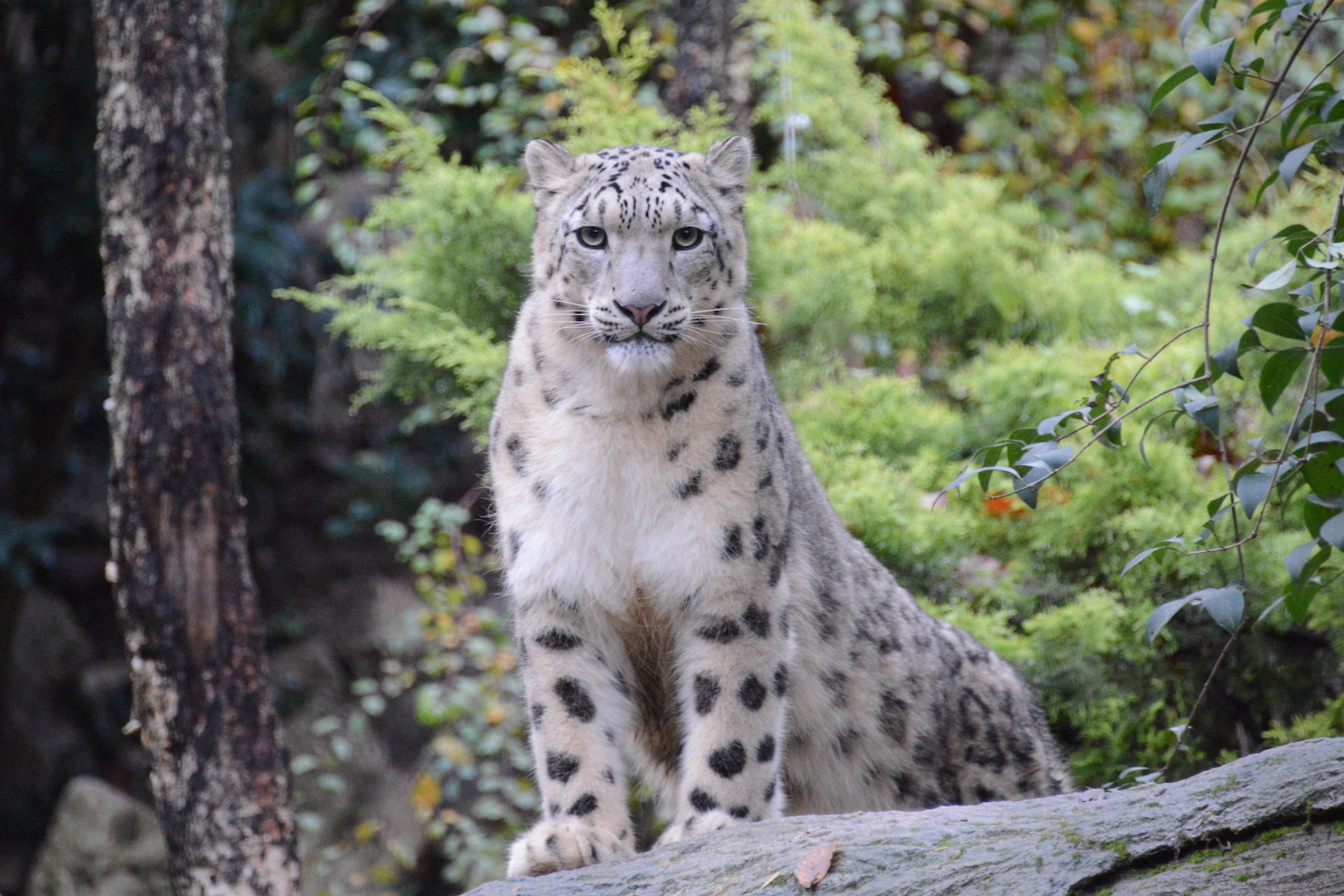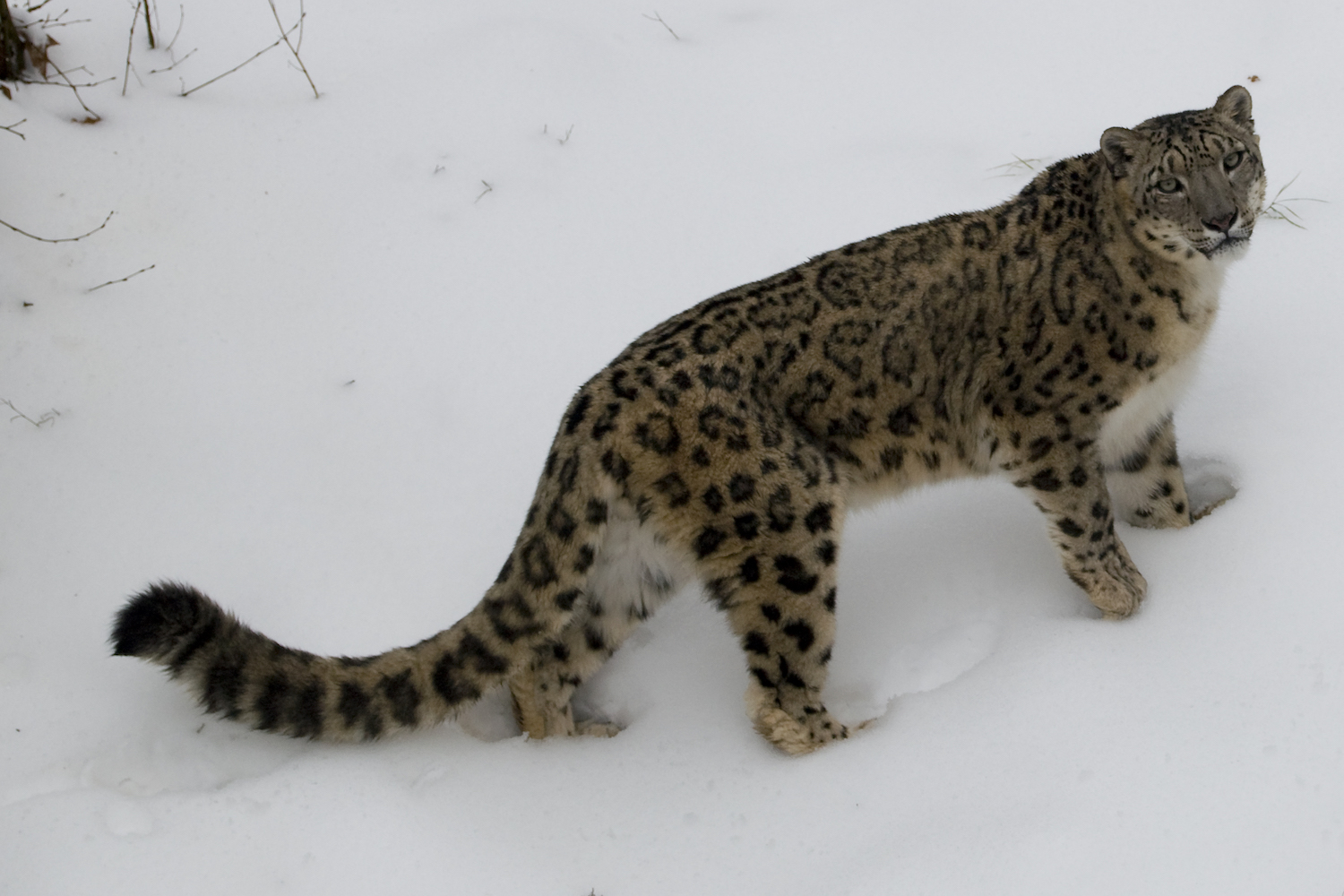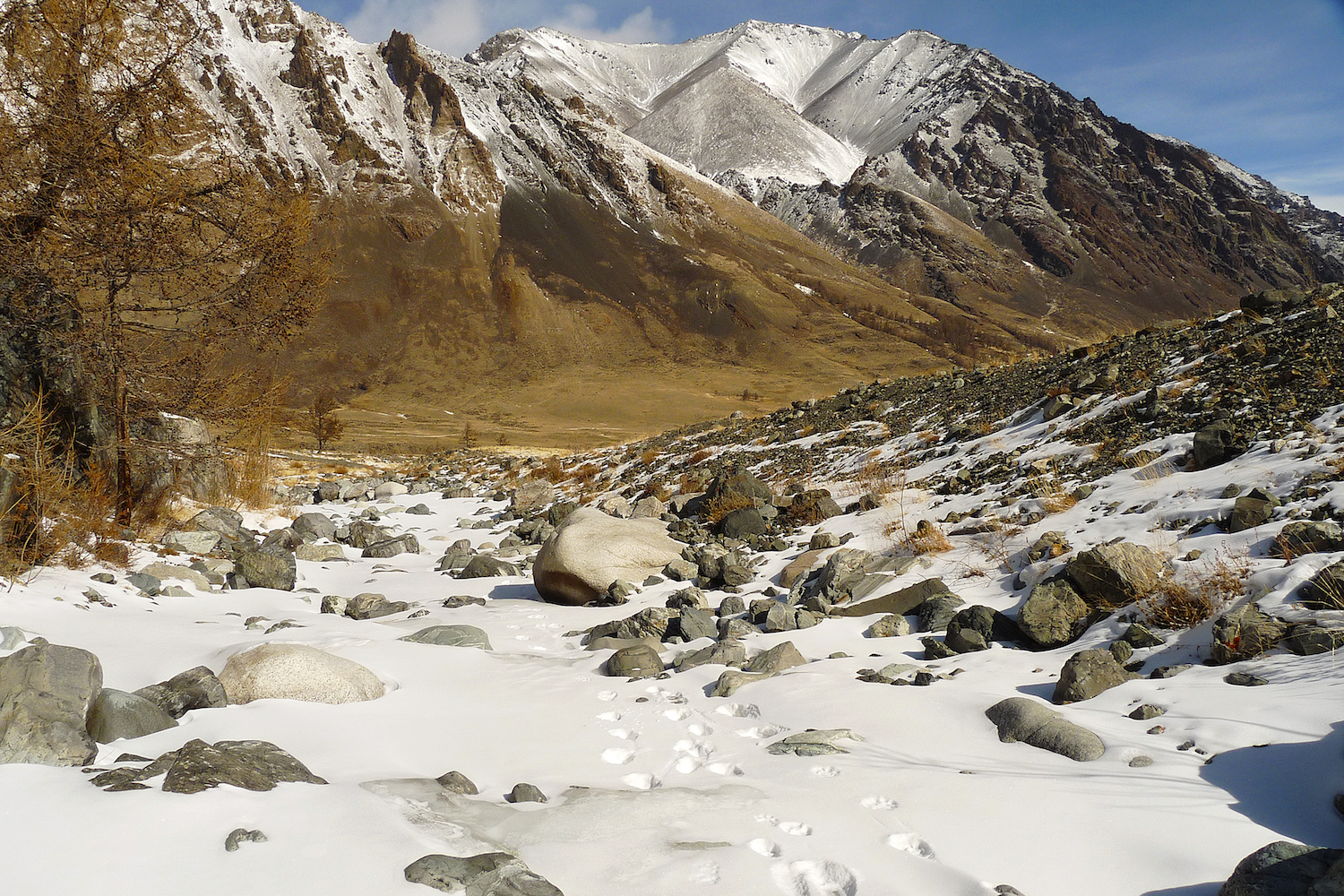The snow leopard (Panthera uncia) is classified as “Vulnerable” on the IUCN Red List. It lives in a very restricted area on the high-altitude mountains of Central Asia, from the North-West of China to Tibet and Himalaya. It mainly lives on montane steppes and coniferous forests and can reach altitudes up to 4,500 metres. It’s estimated that there are still 4 thousand individuals and the population is still decreasing. Snow leopards have a thick and grey coat with darker and irregular spots that camouflages them on the rocks; their large paws allow them to walk on the snow without sinking and the long and furry tail keeps them warm during the coldest months. The main threats to the survival of this species include illegal hunting and trading.
It’s estimated that between 2008 and 2016 one snow leopard per day was killed and traded, between 220 and 450 leopard per year. Another important threat is the conflict created between leopards and herders, caused by the leopards’ livestock predation as these big cats got closer to the villages due to the loss of their natural habitat and the consequent sharing with local communities of the same areas. More than half of snow leopards killing is caused by the herders that kill these predators in order to protect their livestock as their only source of sustenance. Climate change also puts this species at risk, impacting the entire ecosystem of the mountains of Central Asia.
 |
 |
 |
It’s estimated that between 2008 and 2016 one snow leopard per day was killed and traded, between 220 and 450 leopard per year. Another important threat is the conflict created between leopards and herders, caused by the leopards’ livestock predation as these big cats got closer to the villages due to the loss of their natural habitat and the consequent sharing with local communities of the same areas. More than half of snow leopards killing is caused by the herders that kill these predators in order to protect their livestock as their only source of sustenance. Climate change also puts this species at risk, impacting the entire ecosystem of the mountains of Central Asia.
 Italiano
Italiano English
English Deutsch
Deutsch




